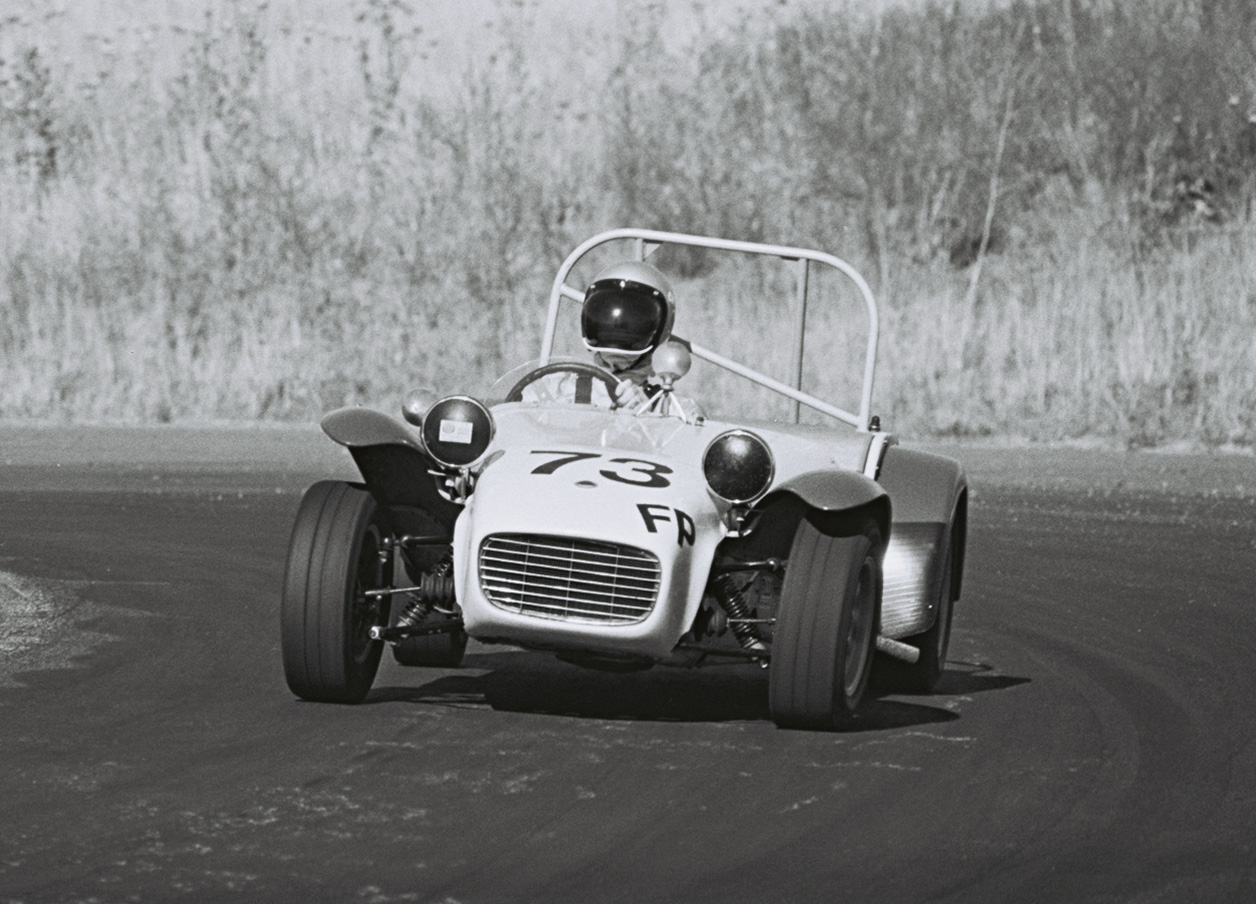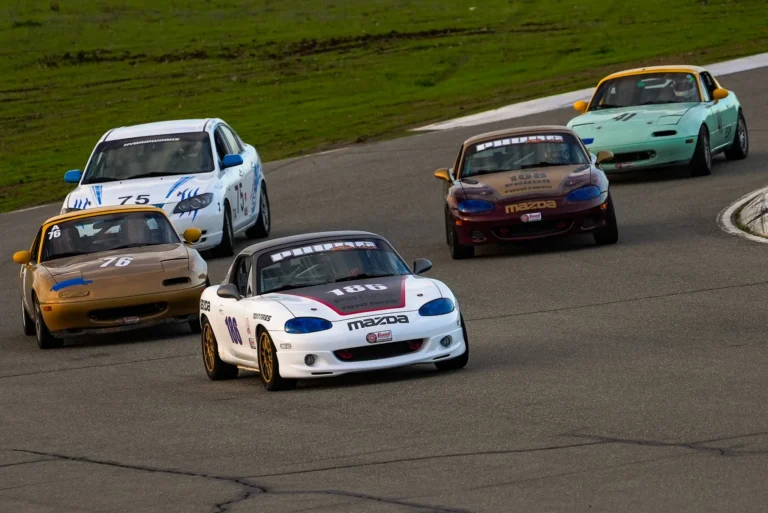
Six years after Colin Chapman built his first car designed for road racing, the Mark 3 in 1951, he built a new model, the Lotus 7, which would become one of his most recognized models. The 7 was not a direct follow up to the Mark VI, there was a two year gap between the end of its production and the introduction of the Mark 7 Series 1. Chapman envisioned the 7 as an inexpensive sports car that could be built from a kit in a weekend’s time. Using design elements from two of his successful race cars, the 7 used the center section space frame from the Eleven; the front suspension from the Twelve but a live rear axle instead of the Eleven’s de Dion unit. The frame was skinned with aluminum panels and the spartan cockpit configured with two bucket seats separated by the transmission tunnel.

Power was initially supplied by a forty-horsepower, Ford sidevalve engine with twin SU carburetors mated to a three speed gearbox. Overall weight was only 924 lbs. so the engine HP was adequate. Soft top, windshield wipers and tachometer were optional items – this was a very basic but practical little car. A volume of two hundred and forty two cars were produced from 1957 to 1960 with the majority being shipped as complete kits at half the price of a factory finished model.
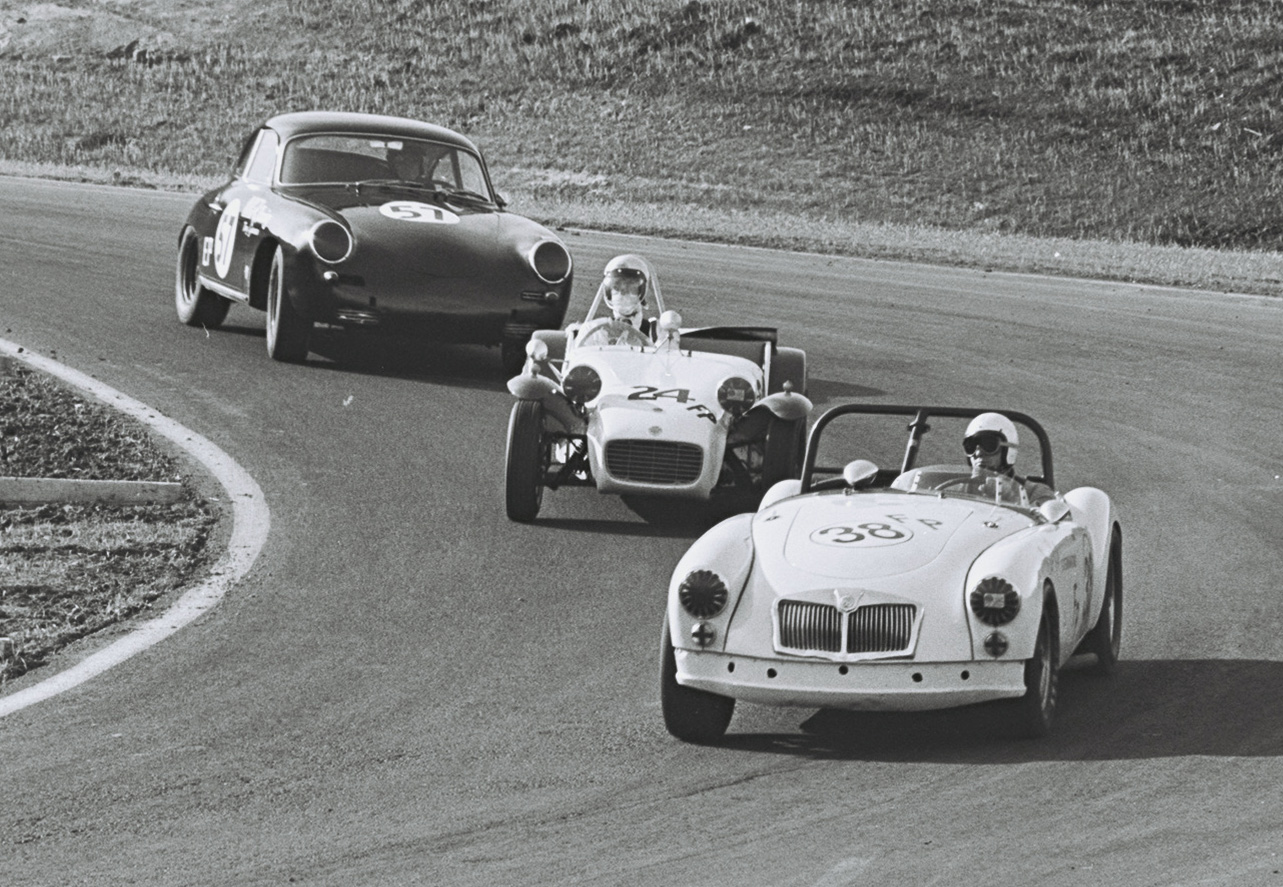
In December 1958, the Super Seven was introduced with a 75 horsepower Coventry Climax engine and four speed gear box. This combination produced a top speed of over 100 mph and with a driver by the name of Graham Hill at the wheel, the Super Seven became a very successful race car. Over the next twelve years, two other models would follow, the S2 and S3, with a total production of 1,700 units. The last two years of production handled by Caterham Cars. Improvements included better and more powerful engines, Weber carbs, updated suspension and wider wheels. Racing success continued as the cars were entered in various classes from 1000cc up to 1600cc.

On the West Coast of the U.S., Don Burrows entered one of the first 7s to race in the San Francisco Region at Stockton in April of 1961. Burrows was entered in the G Production class and was the only car of its type at the time. This was just the beginning of a long run for the 7 in competition within the Region. By the early 1960s, the Super 7 Classic and the 7 America were added for racing and by 1967, the 7, 7 America and Super 7 were all racing in either F or C class.
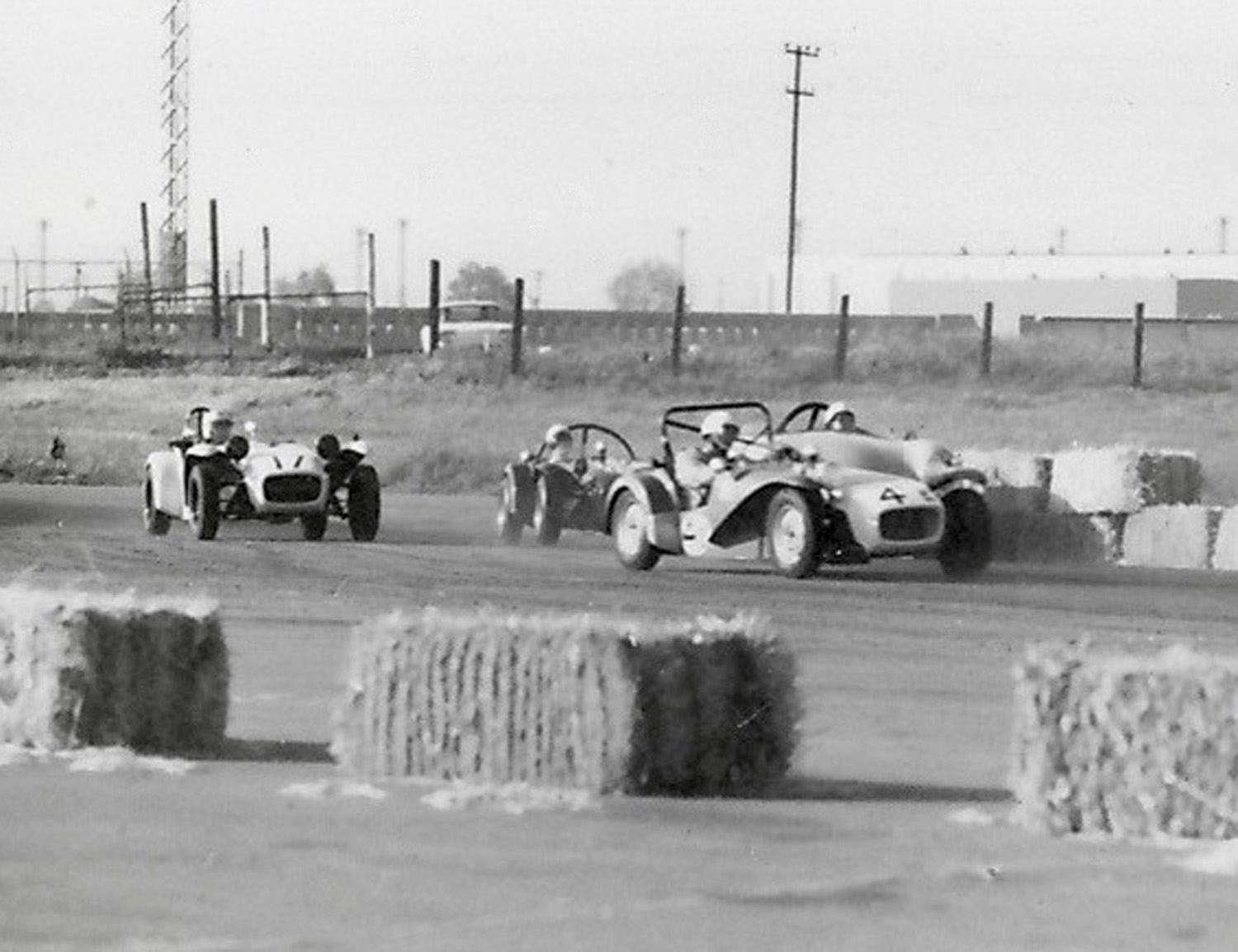
There were also variants of the 7 with one of the most notable being Stan Peterson’s Buick V-8 powered Lotus 7. The 7 was a fast, good handling car and is still quite popular today as many examples can be found at vintage races around the country. So popular was this design that over 160 manufacturers around the world have offered their version of the 7 under such names as Caterham, Westfield and Birkin.
